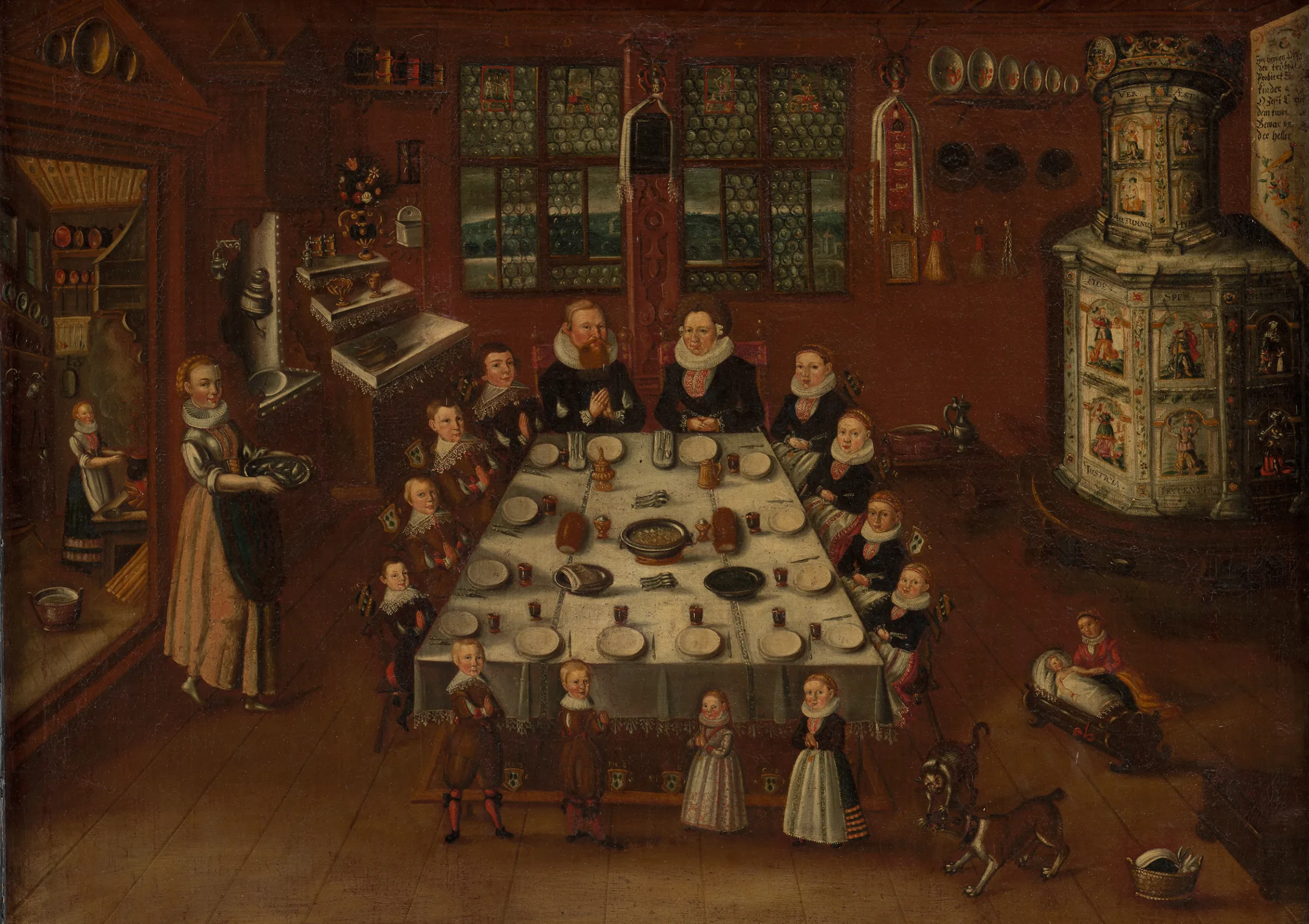
The food on the working man’s table
The process of industrialisation witnessed its first peak in Switzerland between 1850 and 1900. This upheaval also transformed the way food was produced and what people ate.
Industrialisation gained momentum in Switzerland from 1850 onwards – industrial workers flocked in droves to the towns and regional hubs. This also transformed the country’s day-to-day life, and a key aspect of this was food. In a rural culture a lot of time is spent preparing food, but as the industrial age progressed this time melted away. Not only men and women worked in the factories, but their children as well – no one had time to cook anymore.
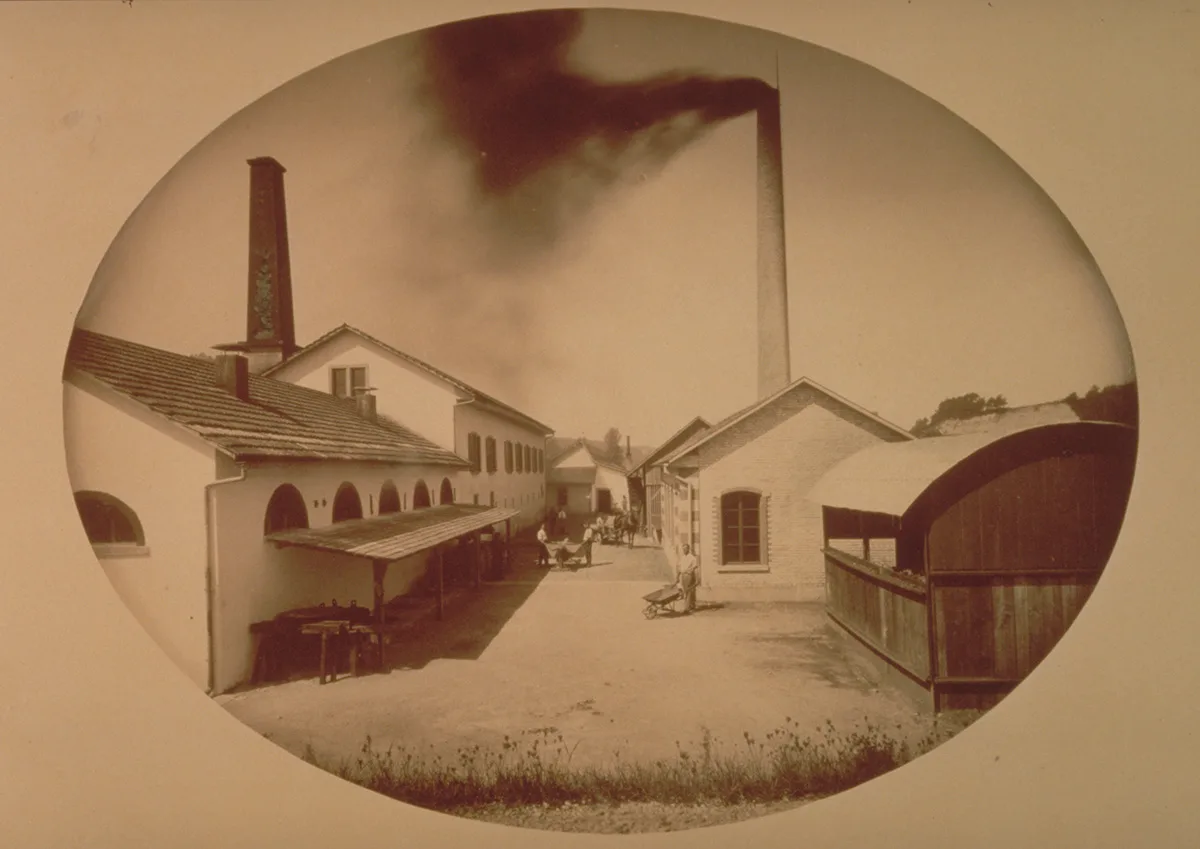
Two other developments facilitated and encouraged industrial change: the introduction of the potato in the 18th century and the advent of international trade. Global trade brought products such as coffee and industrially produced sugar into the country.
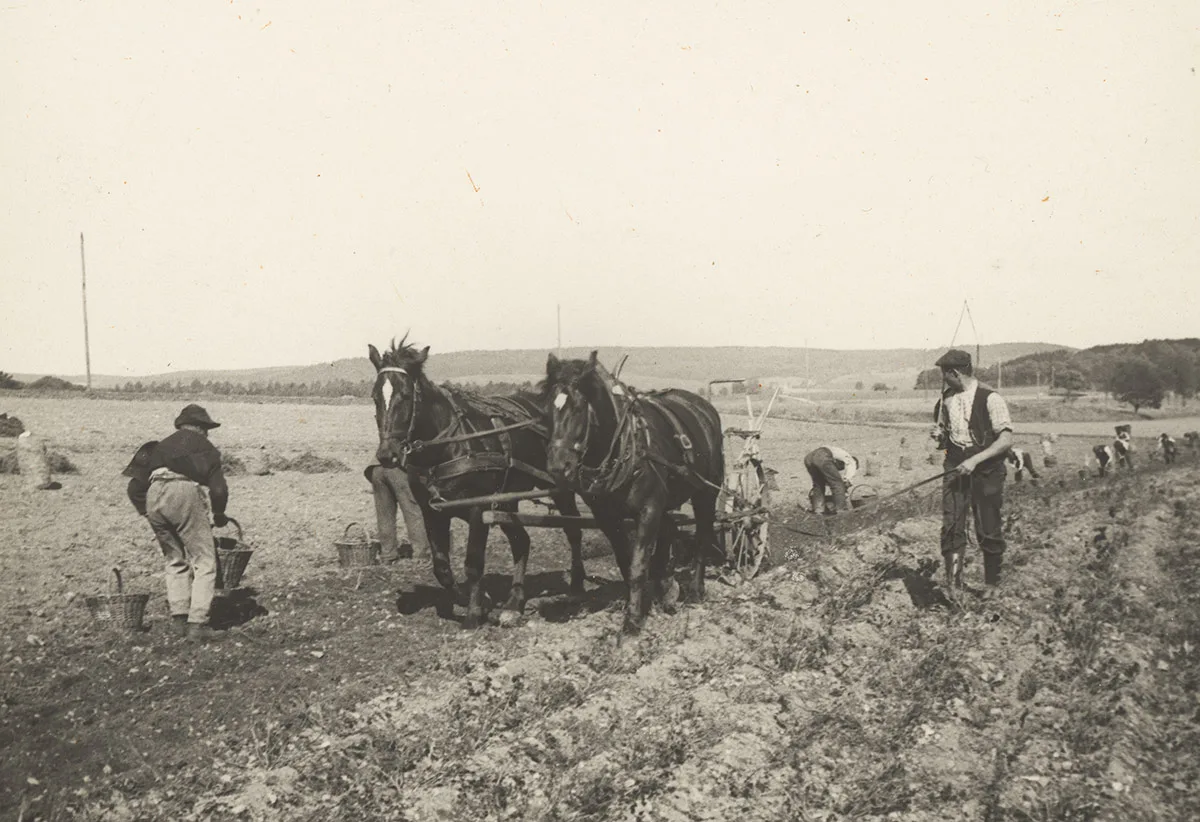
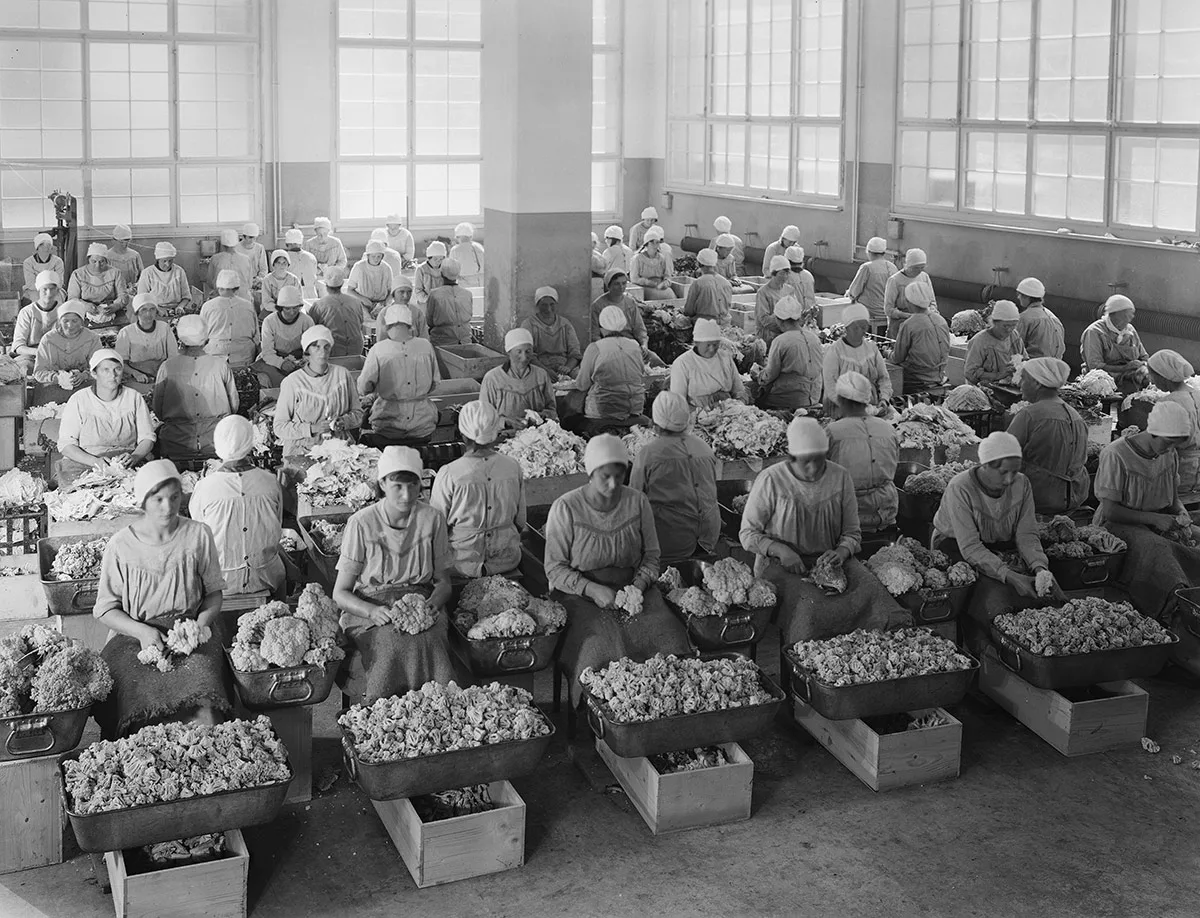
In the 19th century chocolate was an export product – success at home only came when the Swiss army purchased chocolate as part of its troops’ regular provisions during World War I, with other European countries later following suit.

Beer as a luxury product
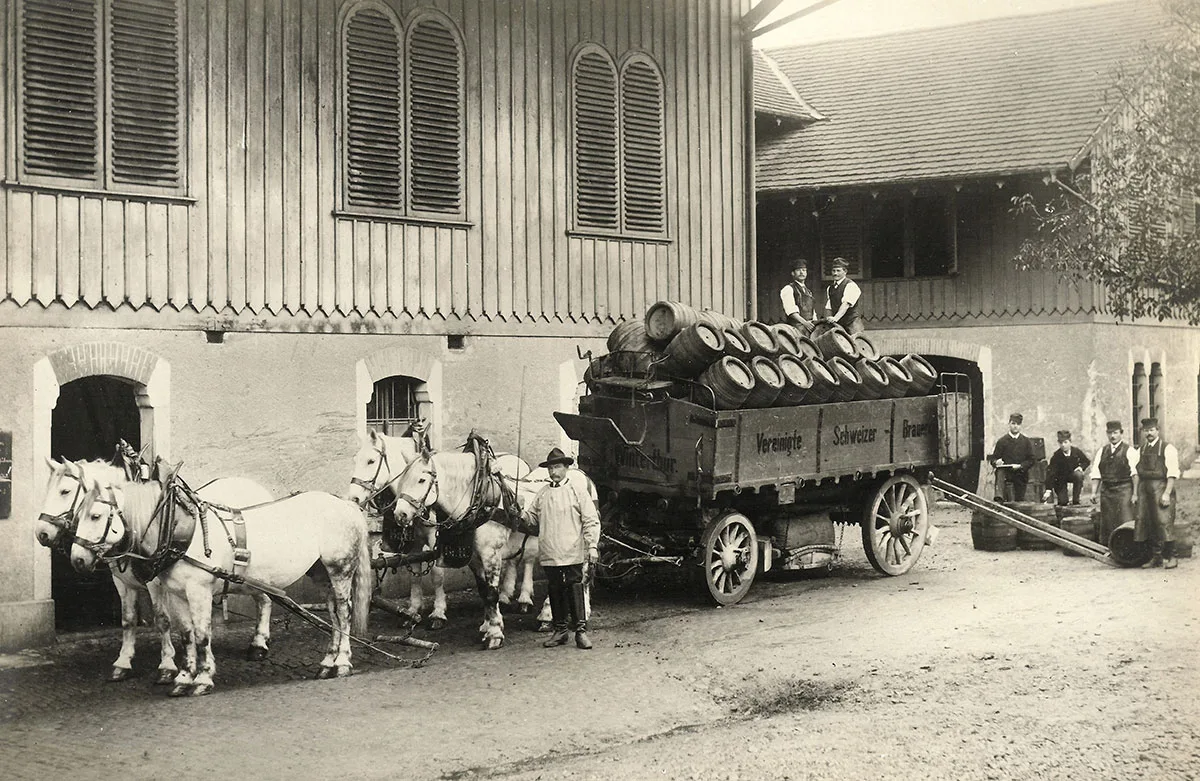
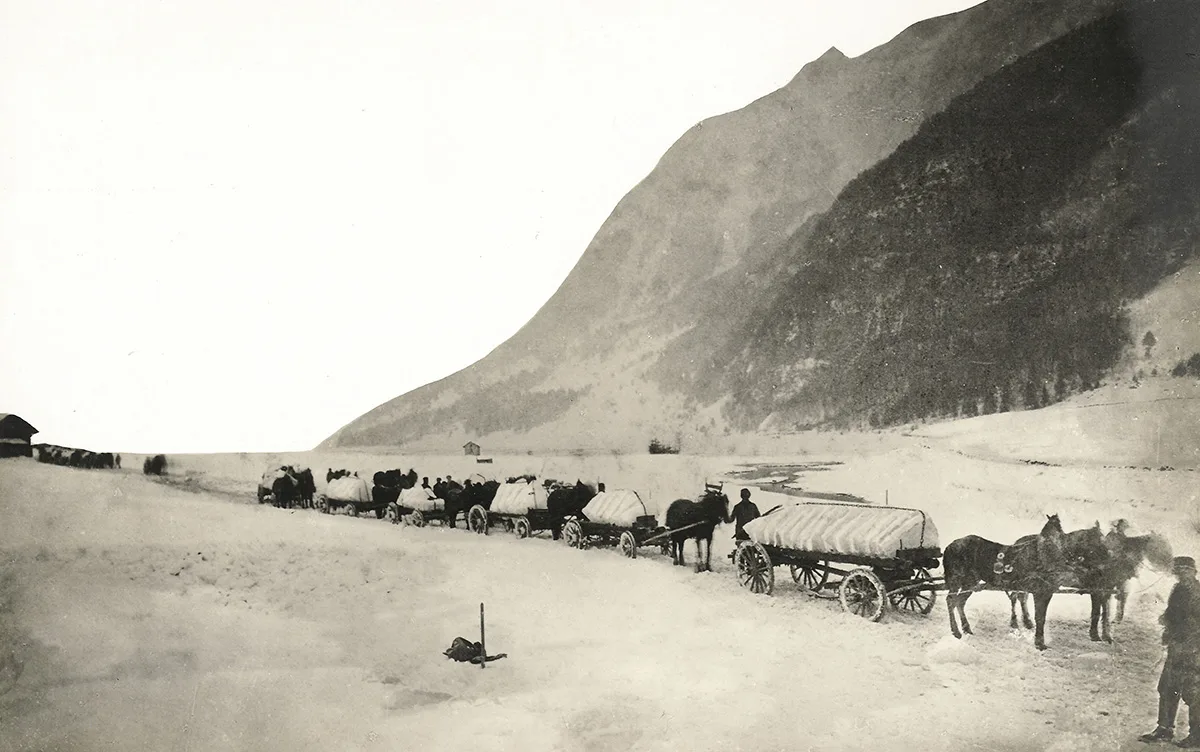
The development of cheap powdered soups was also a social reform project: liquor was a staple food. Even as late as the 1930s, Winterthur’s industrial workers were rushing to the tavern early in the morning for their pre-work hit of booze for 20 centimes.
Although the food industry has gone through some major changes from its beginnings to the present day, it has been able – unlike the machinery and textile industries, for example – to sustain its position in many areas worldwide, especially in the chocolate sector. Cheese also continues to play a role in export today. Switzerland’s position as one of the world’s leading coffee exporters is another story, and is due in large part to the huge success of Nestlé’s Nespresso system.



